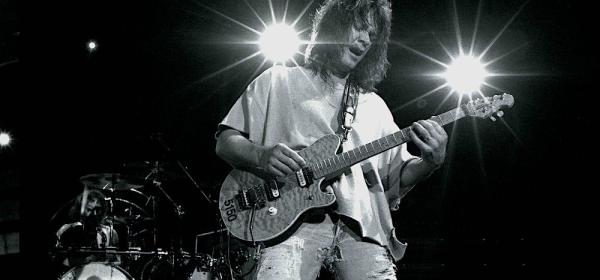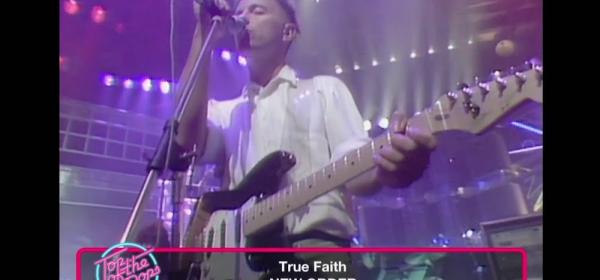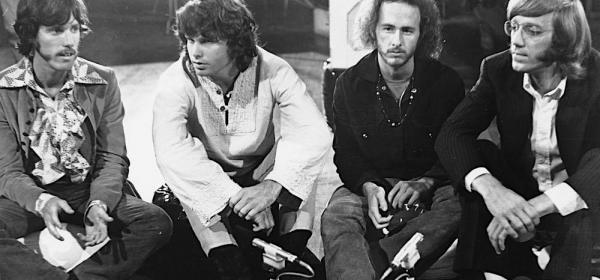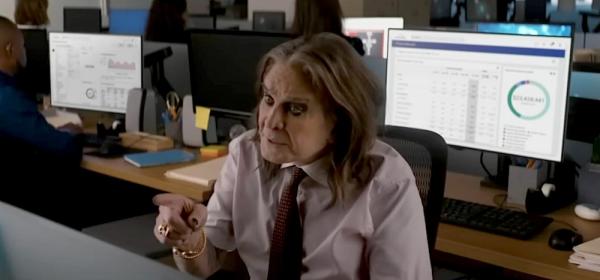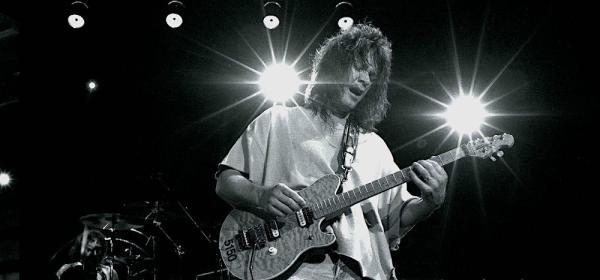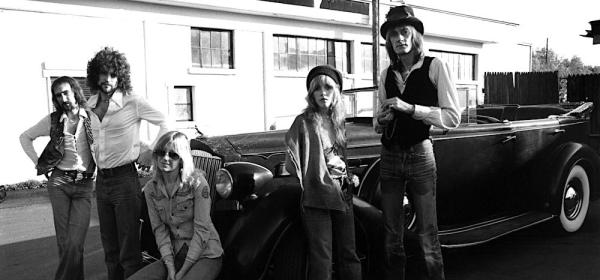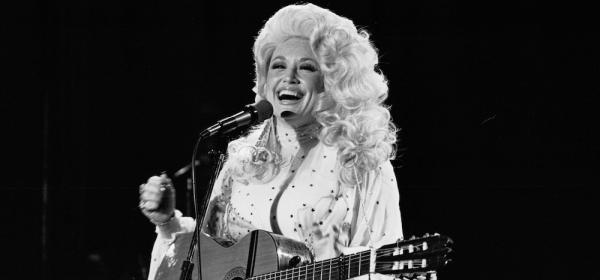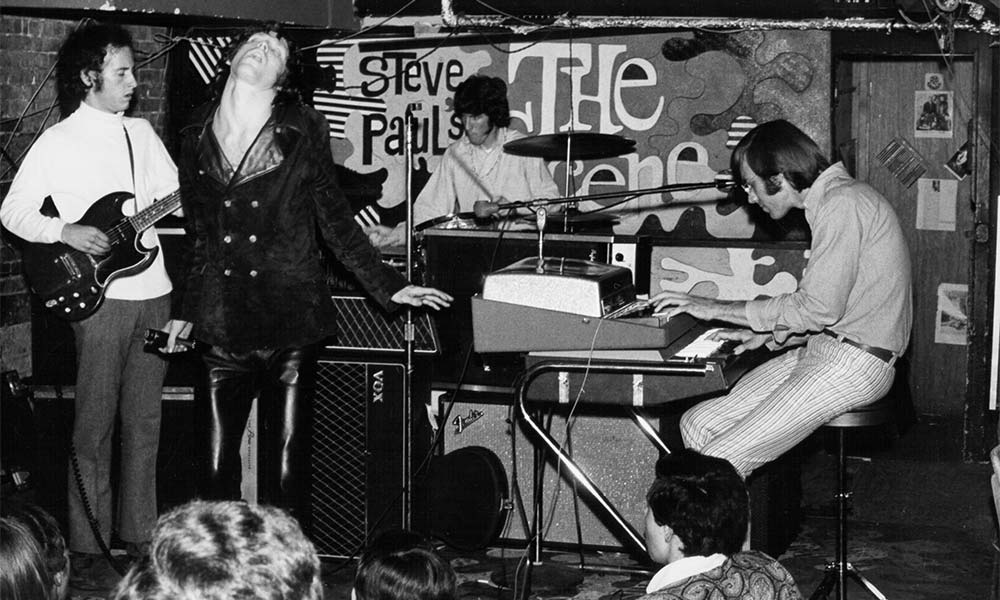
Keyboards and synthesizers were first used in 1960s pop music until the late 1970s saw their use dramatically expanded as the sound filtered into the prog-rock and disco genres. The 1980s ushered in a whole new era when innovative players began to use synthesizers as lead instruments, very much thanks to the invention of the relatively inexpensive Yamaha DX7 which made digital synthesizers widely available for the first time.
Over the decades, a new sound has been forged through the instrument's ability to animate emotionally stirring lead lines, a streamlined melodic sensibility that is now ubiquitous in modern music. Here are our top picks of iconic keyboard riffs that have lead the way!
1. Journey “Separate Ways (Worlds Apart)”
With its iconic opening keyboard melody, “Separate Ways” demands the audience’s attention right from the start. Jonathon Cain’s striking lick is bolstered by Steve Perry’s heavy, staccato guitars that take a back seat to synth lead in this mid-tempo rocker.
2. Europe “The Final Countdown”
The blazing and immediately memorable keyboard riff is the heart and soul of this classic uplifter that would become the lead single and title track of the bands third studio album. Producer Kevin Elson poured a slick 80s sheen over the groups traditionally harder sound with extremely radio-friendly results.
3. Emerson, Lake and Palmer “Fanfare For The Common Man”
Keyboardist, Keith Emerson was no stranger to complex keyboard gymnastics. His skills are a prominent feature throughout the band’s catalogue; however, he really outdid himself on the reworking of a piece from the early 1940’s called, “Fanfare For The Common Man”. The keyboard takes centre stage, transforming the jazz-based track into a bluesy shuffle, one that remained a fan favourite across the band’s career.
4. Prince “1999”
This synth riff from Prince's breakthrough album showcases his mind-bending, multi-instrumentalist skills, a recurring highlight of entire far-reaching repertoire. In "1999", the soaring synth chords manage to turn the song's apocalyptic Y2K theme into a party.
5. Van Halen “Jump”
The early 80s saw Van Halen going through some major changes. Their hard rock sound was evolving to incorporate synths and keyboards, opposed to the riffing and taping that defined their earlier work. The monstrous synths in “Jump” perfectly summed up this vibrant new sound that propelled them all the way to the top of the charts around the world.
6. Boston “Foreplay/Long Time”
A Hammond M3 organ is at the centre of this early Boston classic of their eponymous multi-platinum debut. The keyboard-centric “Foreplay” is hinged on the heavy-hitting arpeggio melody lines before segueing into “Long Time” where the keys fortify the vocal as a mood-setting accompaniment.
7. Joy Division “Love Will Tear Us Apart”
“Love Will Tear Us Apart” is one of the most enduring tracks from the British post-punk trailblazers. The minimalist keyboard melody echoes the bass line and vocal, adding a cold haunting tone that perfectly offsets Ian Cutis’ melancholy delivery. The track was massively influential to the Manchester sound that would make its way into the global mainstream as the decade went on.
8. Deep Purple “Highway Star”
Deep Purple’s “Highway Star” drives at full throttle thanks to the keyboardist, Jon Lord’s insane runs on the Hammond organ, trading of classically inspired solos against guitarist Richie Blackmore that propell the track relentlessly.
9. The Who “Baba O’Riley”
The Who were well knowing for their epic, rousing compositions. The repetitive, layered synth tracks on “Baba O’Riley” serve as a flowing undercurrent to Pete Townsend’s windmilling guitar riffs and Roger Daltry’s soaring vocals. The synth then takes centre stage in the bridge, pushing the dramatic atmosphere one step further.
10. The Doors “Light My Fire”
Door’s keyboardist, Ray Manzarek wasn’t just talented, his conjuring abilities were practically superhuman. He took care of the bass lines with one hand and the gloriously erupting melody with the other, playing the opposing parts with ease. For a fascinating demonstration, check out this clip from VH1’s Classic Album series where Ray breaks down his layered parts in "Light My Fire".
For more wild and psychedelic Ray Manzarek wizardry, listen to This Is The Doors on Spotify:
Listen to The Doors Essentials on Apple Music:


